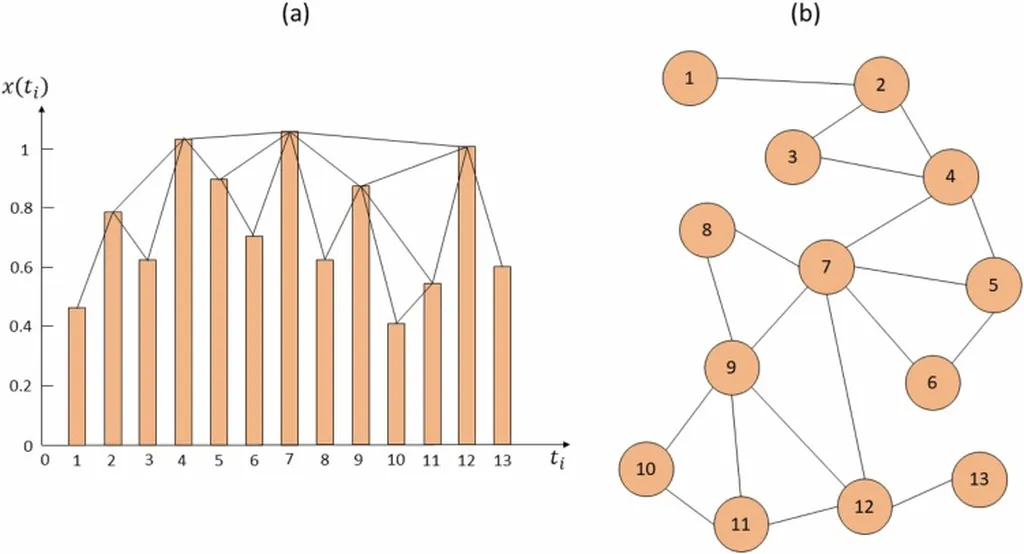In the quest for more efficient and sustainable energy management, researchers have turned to innovative methods to predict energy demand in microgrids. A recent study published in the journal *Electric Power Systems Research* introduces a novel approach that could significantly enhance load forecasting, particularly for complex systems like regional airports. The research, led by Georgios Vontzos from the Department of Electrical and Computer Engineering at the University of Thessaly in Greece, leverages the concept of visibility graphs to create a more accurate and reliable forecasting model.
Microgrids, which are small-scale power grids that can operate independently or in conjunction with the main grid, are becoming increasingly important as the energy sector shifts towards renewable sources and decentralized energy systems. Accurate load forecasting is crucial for optimizing energy management, integrating renewable energy sources, and reducing operational costs. “The urgency for improved forecasting methods is driven by the need for more sustainable and efficient energy systems,” Vontzos explains. “Our method aims to address these challenges by providing a versatile tool for forecasting energy demand in diverse structures and types of energy production.”
The study introduces a multivariate forecasting approach that incorporates the energy demand of various types of buildings and wind power generation. The methodology employs visibility graph transformations, the superposed random walk method, and temporal decay adjustments, where more recent observations are weighted more significantly. This approach allows for more accurate predictions of the next time step in the data set.
The results of the study are promising. The proposed method outperforms traditional forecasting models such as Exponential Smoothing, ARIMA, Light Gradient Boosting Machine, and CNN-LSTM. It shows improved performance in forecasting energy consumption for both stationary and highly variable time series, with SMAPE and NMRSE values typically ranging from 4–10% and 5–20%, respectively, and an R² reaching 0.96. “The proposed method affords notable benefits to the forecasting of energy demand, offering a versatile tool for various kinds of structures and types of energy production in a microgrid,” Vontzos states.
The implications of this research are significant for the energy sector. Accurate load forecasting can lead to better energy management, reduced operational costs, and more efficient integration of renewable energy sources. This is particularly relevant for regional airports, which have diverse energy demands and can benefit greatly from improved forecasting methods. “This study lays the groundwork for further research and real-world applications within this field by enhancing both the theoretical and practical aspects of time series forecasting, including load forecasting,” Vontzos adds.
As the energy sector continues to evolve, the need for innovative forecasting methods will only grow. This research by Vontzos and his team represents a significant step forward in this area, offering a versatile and accurate tool for predicting energy demand in microgrids. The study not only enhances our understanding of load forecasting but also paves the way for more sustainable and efficient energy systems in the future.

